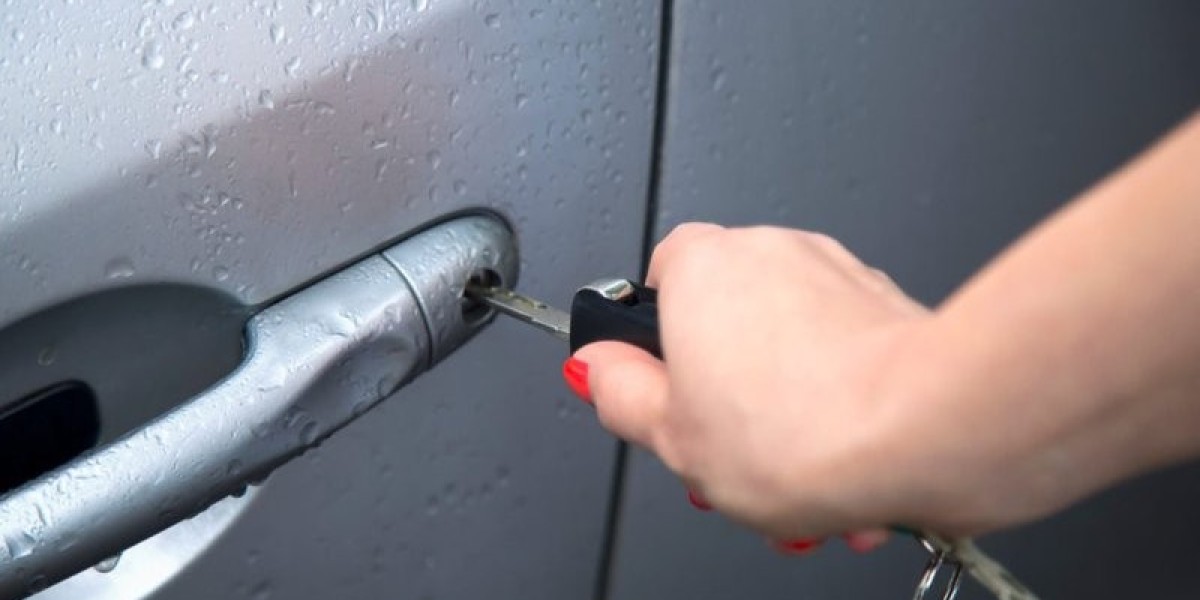When it comes to choosing the right fencing material for your home, the decision often comes down to vinyl or wood. Both have their advantages, but vinyl fencing has become increasingly popular for many good reasons. If you’re trying to decide between the two, here are six compelling reasons why vinyl fencing might be the better choice for your property.
1. Vinyl Fencing Requires Less Maintenance
One of the biggest advantages of vinyl fencing is how little maintenance it needs compared to wood. Wood fences require regular staining, sealing, or painting to protect them from weather damage, rot, and insects. Over time, wood can warp, crack, or splinter, meaning you’ll need to spend time and money to keep it looking good.
Vinyl fencing, on the other hand, doesn’t need painting or staining. It resists moisture, so it won’t rot or warp like wood. A simple rinse with a garden hose or a quick scrub with soapy water is usually all it takes to keep vinyl fences looking clean and new for years. This makes vinyl a great option for homeowners who want a beautiful fence without the hassle of constant upkeep.
2. Vinyl Fencing Lasts Longer
Durability is another major reason to choose vinyl over wood. Wood fences can last anywhere from 10 to 20 years if well-maintained, but many start to show signs of wear much sooner due to weather exposure and pests. Termites, carpenter ants, and other insects can cause serious damage to wood fences, leading to costly repairs or replacements.
Vinyl fencing is designed to withstand harsh weather conditions, including heavy rain, snow, and intense sunlight, without fading or deteriorating. High-quality vinyl fences can last 30 years or more with minimal care. Unlike wood, vinyl won’t attract insects or absorb moisture, so you won’t have to worry about unexpected damage shortening its lifespan.
3. Vinyl Fencing Offers Better Weather Resistance
Wood is a natural material, which means it reacts to changes in temperature and humidity. Over time, exposure to sun, rain, and snow can cause wood to expand, contract, crack, or warp. This can lead to gaps in the fence, loose boards, or an uneven appearance.
Vinyl fencing is engineered to handle extreme weather conditions without breaking down. It doesn’t absorb water, so it won’t swell or rot during rainy seasons. It also resists UV rays, meaning it won’t fade or become brittle under the sun. Whether you live in a hot, dry climate or an area with harsh winters, vinyl fencing will maintain its strength and appearance much better than wood.
4. Vinyl Fencing Is More Cost-Effective in the Long Run
At first glance, wood fencing might seem like the cheaper option because the upfront cost is often lower than vinyl. However, when you factor in long-term expenses, vinyl fencing usually proves to be the more cost-effective choice.
Wood fences require regular maintenance, including staining, sealing, and repairs, which add up over time. If sections of the fence become damaged by pests or weather, replacement costs can also be significant. Vinyl fencing, while sometimes more expensive initially, saves money over the years because it doesn’t need frequent repairs or treatments. Since it lasts much longer than wood, you won’t have to replace it as often, making it a smarter investment in the long run.
5. Vinyl Fencing Provides More Design Options
Many people assume that wood fencing is the only way to achieve a classic, natural look. However, modern vinyl fencing comes in a wide variety of styles, colors, and textures that can mimic the appearance of wood without the drawbacks. Whether you prefer the look of a traditional white picket fence, a privacy fence, or a decorative design, vinyl offers plenty of choices to match your home’s aesthetic.
Vinyl can also be manufactured to resemble different wood grains and finishes, giving you the beauty of wood without the maintenance. Additionally, vinyl fencing is available in different heights and configurations, making it easy to find the perfect style for your property’s needs.
6. Vinyl Fencing Is Environmentally Friendly
Some homeowners choose wood because they believe it’s the more eco-friendly option. However, vinyl fencing can actually be a greener choice in many cases. Wood fencing often comes from trees that take decades to grow, and deforestation is a serious environmental concern. While some wood is sourced sustainably, not all suppliers follow eco-friendly practices.
Vinyl fencing is made from PVC, which is a recyclable material. Many manufacturers now use recycled vinyl in their fencing products, reducing waste. Additionally, because vinyl fences last so much longer than wood, they don’t need to be replaced as often, which means less material ends up in landfills over time. When you consider the reduced need for chemical treatments (like stains and sealants) and the long lifespan of vinyl, it’s clear that vinyl fencing can be a more sustainable option.
Conclusion
While wood fencing has its charm, vinyl fencing offers significant advantages that make it a better choice for many homeowners. With minimal maintenance, superior durability, excellent weather resistance, long-term cost savings, versatile design options, and environmental benefits, vinyl fencing is a smart investment for any property. If you want a fence that looks great, lasts for decades, and doesn’t require constant upkeep, vinyl is the way to go.
When making your decision, consider how much time and money you’re willing to spend on maintenance versus enjoying a fence that stays beautiful with little effort. For most people, the benefits of vinyl fencing far outweigh those of wood, making it the clear winner in the long run.









